Sign up for workout ideas, training advice, reviews of the latest gear and more.

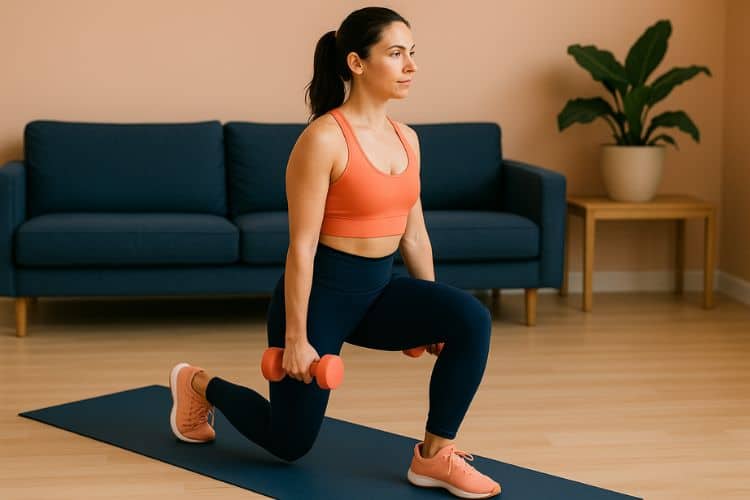
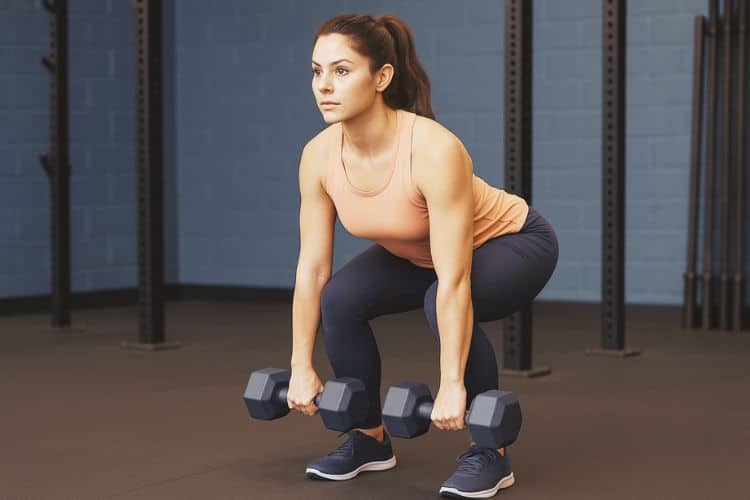
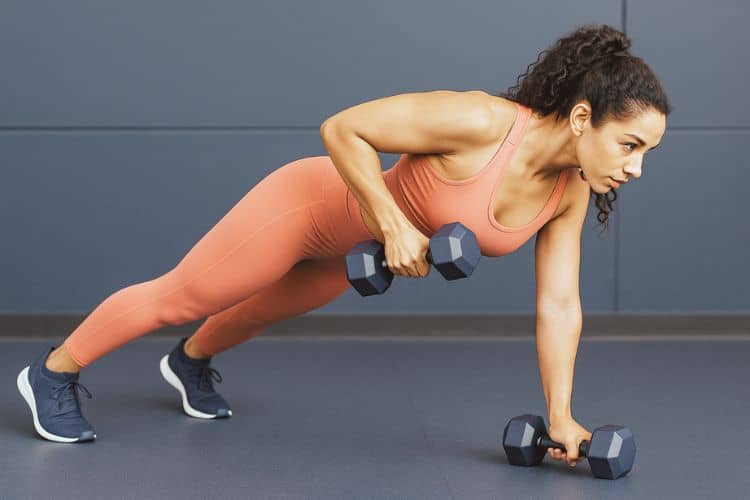
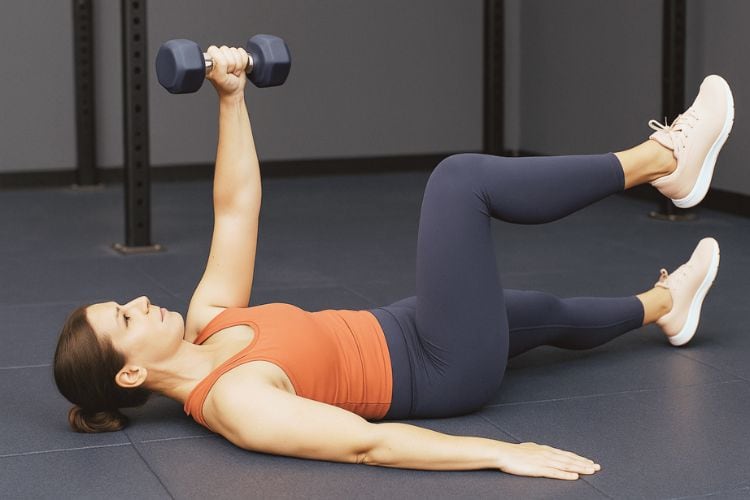
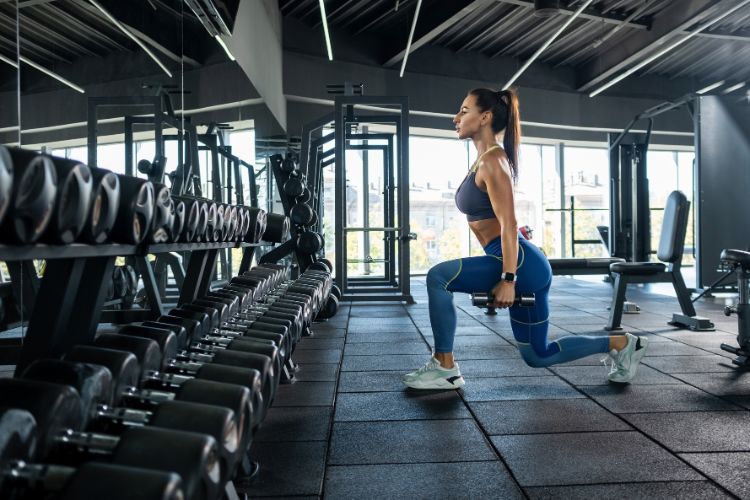
Reverse lunges are one of the most effective exercises for building lower-body strength, improving balance, and enhancing overall mobility. They are not only beginner-friendly but also versatile, making them an excellent choice for women who are looking to tone their legs and glutes, build stability, or even aid in weight loss. In this guide, we’ll dive deep into the benefits, techniques, variations, and tips for incorporating reverse lunges into your workout routine.
Reverse lunges are a unilateral exercise where you step one leg backward while lowering your body into a lunge position, then return to the starting position. Unlike forward lunges, reverse lunges reduce the strain on the knees, making them a safer alternative for individuals with joint concerns. This movement primarily targets the quadriceps, hamstrings, glutes, and calves, while also engaging the core for balance.
Reverse lunges are a compound movement that activates multiple muscle groups in the lower body. This makes them highly effective for strengthening the quads, hamstrings, and glutes. Over time, incorporating RL into your routine can lead to toned legs and a firmer backside.
Because RL require single-leg movement, they challenge your balance and stability. Strengthening these areas is especially beneficial for women, as it can reduce the risk of falls and improve overall athletic performance.
Reverse lunges place less stress on the knees compared to forward lunges or high-impact exercises like running. This makes them an excellent option for women with joint sensitivity or those recovering from lower-body injuries.
The movement patterns involved in RL mimic real-life actions, such as stepping backward or bending down. This improves functional fitness, making everyday tasks like climbing stairs or carrying groceries easier.
As a compound exercise, reverse lunges burn a significant number of calories by engaging multiple muscle groups. Pairing this workout with proper nutrition can accelerate your weight loss journey.
Adding variety to your RL can keep your workouts interesting and challenge your muscles in new ways. Here are some popular variations:
Incorporate RL into your workout routine 2-3 times per week for optimal results. Be sure to allow your muscles time to recover between sessions.
Yes! As a compound exercise, RL burn calories and build muscle, which can boost your metabolism and aid in weight loss when paired with proper nutrition.
Reverse lunges can be safe during pregnancy if performed with proper form and under the guidance of a healthcare professional. Avoid adding heavy weights and listen to your body.
RL primarily target the quadriceps, hamstrings, glutes, and calves. They also engage the core for balance and stability.
While it’s possible to do RL daily, it’s best to give your muscles at least 24-48 hours of rest to recover and grow stronger.
Reverse lunges are a fantastic exercise for women of all fitness levels. Whether you’re looking to tone your legs, improve your balance, or enhance your functional fitness, this versatile movement can help you achieve your goals. By mastering proper form, exploring variations, and incorporating them into a well-rounded workout routine, you’ll be on your way to stronger, healthier legs in no time. So lace up your sneakers, step back, and start lunging your way to a fitter you!
Stay up to date on the latest women’s health, fitness and lifestyle trends and tips.